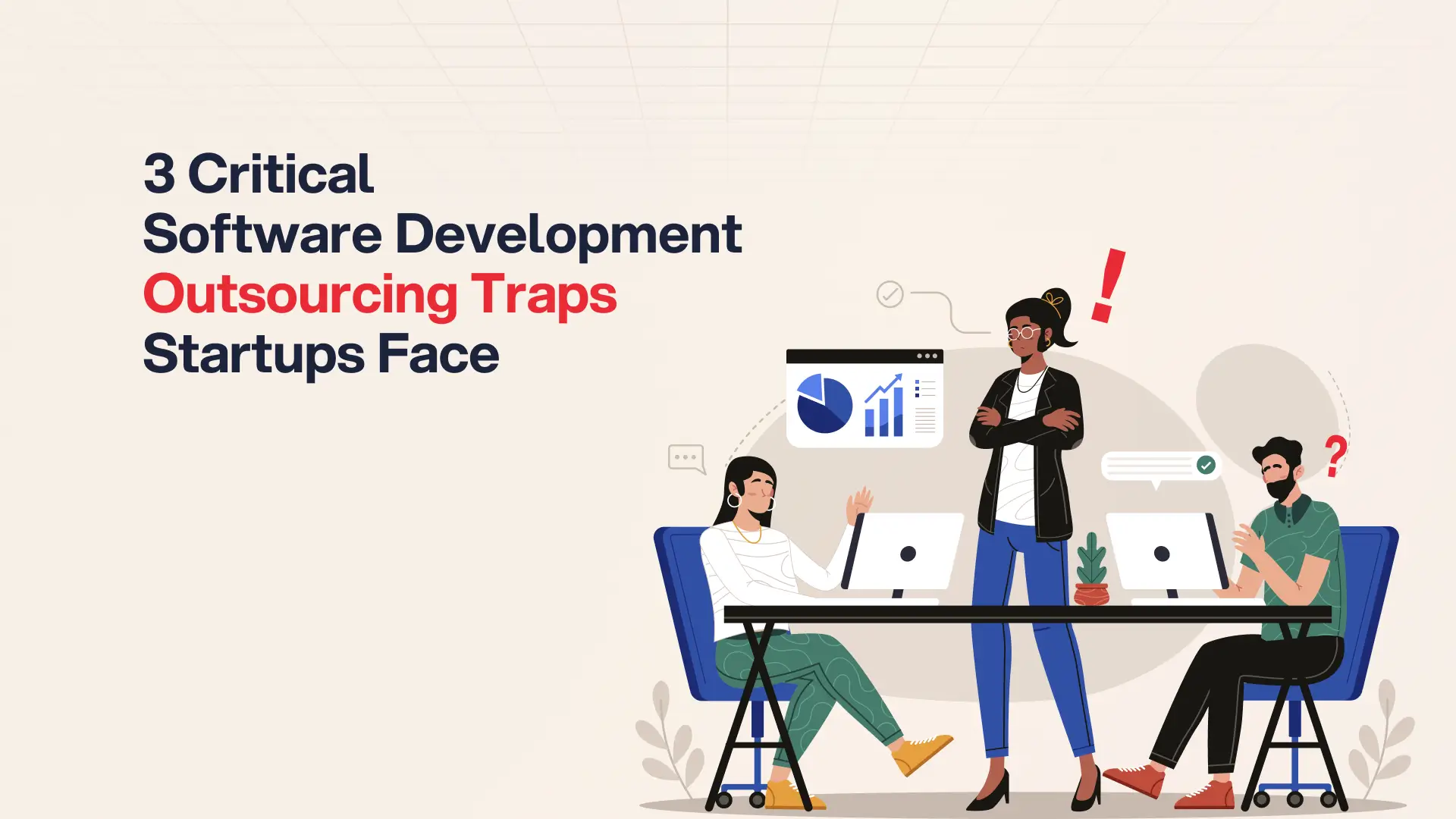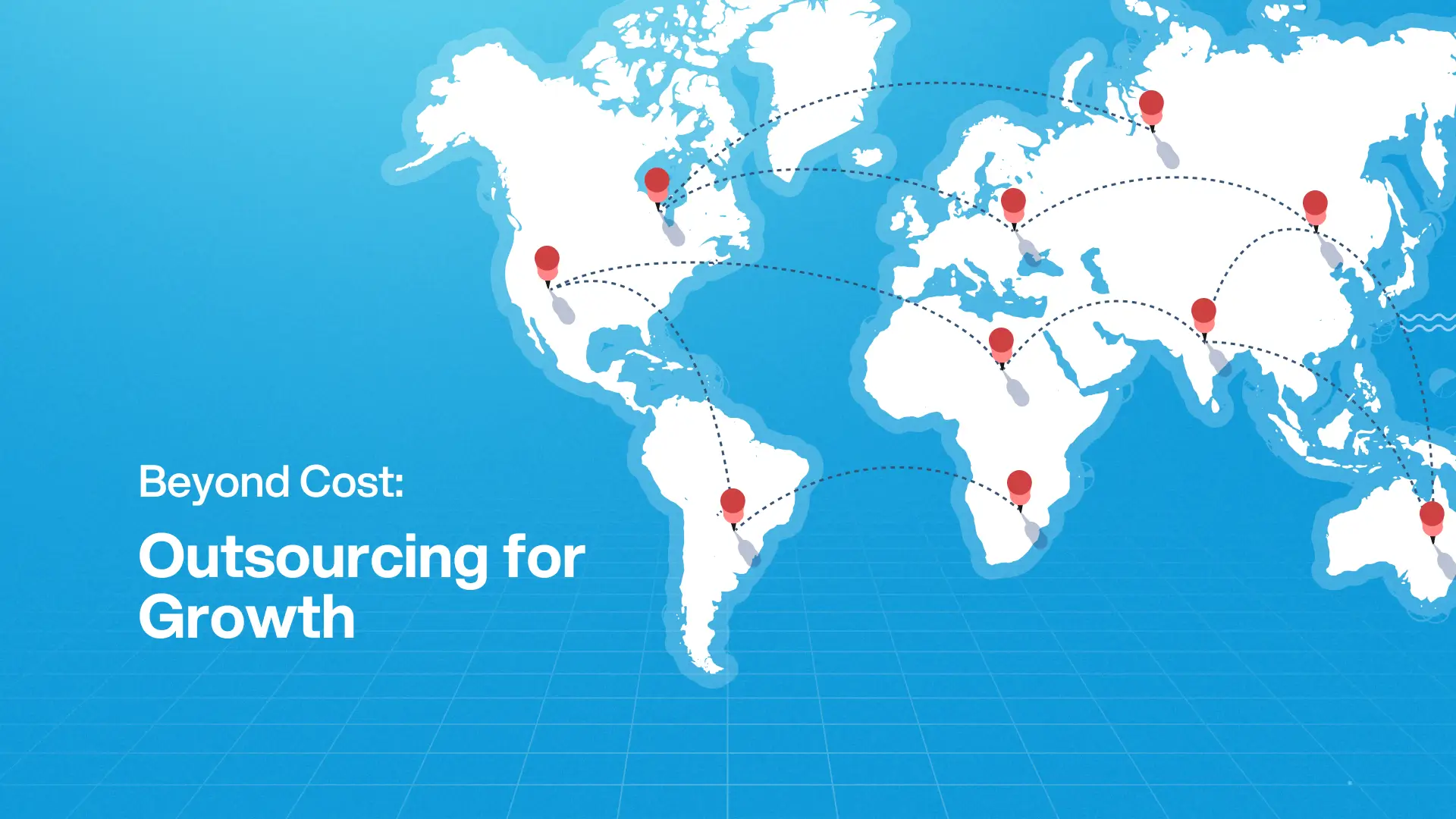Post Activity
 1728
1728
Table of Content
Share This Post
Java’s relevance is often debated on platforms like Reddit and Quora, especially with the rise of modern languages like Python and Go. Yet, Java remains among the top three programming languages in enterprise usage. Introduced in the 1990s with the Write Once, Run Anywhere (WORA) promise, Java is at the heart of enterprise applications, backend development, mobile app development, and cloud-native platforms.
For enterprises pursuing efficiency and innovation, outsourcing Java development is a great way to stay ahead of the curve. It provides a way forward by giving businesses access to skilled developers experienced in Core Java, Spring Boot, microservices, and cloud-native development. Beyond cost savings, outsourcing enhances delivery predictability and provides 24/7 development cycles that support global user bases.
Why Outsource Java Development
Java scales easily, supports cloud-native frameworks, and plays a central role in modernizing legacy systems. Today, more than 222,700 companies worldwide rely on it for enterprise applications, web and mobile solutions, and large-scale modernization projects. It powers mission-critical systems in banking, healthcare, insurance, and government, while also serving as the official language for Android, which runs on 73% of global smartphones and 97% of enterprise desktops. Given the scale and complexity of these use cases, many organizations turn to outsourcing software development to secure the specialized expertise and delivery capacity needed for Java projects.
Beyond the “big three” (cost efficiency, faster time to market, and access to a wide talent pool), outsourcing Java development brings several strategic advantages that are particularly valuable for companies building enterprise-grade systems or modernizing legacy infrastructure.
These include:
24/7 Development and Support Coverage
Nearshore and offshore models create round-the-clock development cycles.
This is particularly beneficial for Java systems that require continuous integration, live deployments, or have global user bases.
Improved Security and Compliance
Outsourcing partners working with Java usually have industry certifications (ISO 27001, SOC 2, HIPAA, GDPR-compliance frameworks).
This strengthens an organization’s ability to meet international security and regulatory requirements, reducing legal and financial risks.
Predictable Delivery Through Mature Processes
Outsourcing partners typically rely on Agile, CI/CD, and automated testing at scale.
This consistency ensures predictable outcomes, fewer surprises, and improved stakeholder visibility.
Risk Mitigation and Quality Assurance
Reputable outsourcing partners bring established testing frameworks, DevOps pipelines, and compliance practices.
This reduces the risk of project overruns, poor code quality, or compliance failures. This is particularly critical when working with sensitive domains such as finance, healthcare, or government systems.
Innovation through Diverse Perspectives
External Java teams bring exposure to different industries, project types, and best practices.
This cross-pollination can introduce fresh solutions to problems that in-house teams, steeped in the company’s way of working, might not consider.
Access to Emerging Tech Integration
Outsourcing partners are already experimenting with AI-assisted coding, DevSecOps, cloud-native Java, and IoT/embedded systems.
You essentially “rent” that R&D capability instead of funding it internally.
Faster Legacy Integration and Migration
Many enterprises are still running Java-based monoliths. Outsourcing gives access to specialists in breaking down monoliths into microservices, migrating to Kubernetes, or integrating with modern cloud APIs. Namely, tasks that are often too complex for lean in-house teams.
Innovation through Diverse Perspectives
External Java teams bring exposure to different industries, project types, and best practices.
This can introduce fresh solutions to problems that in-house teams, steeped in the company’s way of working, might not consider.
These benefits collectively make outsourcing Java development a strategic choice for businesses aiming to stay competitive while managing risks. Furthermore, with the right partner, organizations can achieve more predictable results, better compliance, and quicker innovation without overburdening internal teams. The next step involves understanding the potential setbacks. Hence, the following section discusses how to mitigate the most recurring challenges of Java development outsourcing.
Thinking of Outsourcing?
Access a wide range of outsourcing companies and find your best fit.
Risk Factors in Java Development Outsourcing
Outsourcing Java projects offers scalability and access to expertise, but the benefits can easily diminish if the following challenges are overlooked. Each comes with a mitigation path that leading organizations typically adopt:
Quality of Work
Going for the lowest pricing vendor will affect the quality of work. It is very important to vet the vendor, their experience, and the overall quality of work. For mission-critical Java systems, poor code quality translates directly into technical debt and higher maintenance costs.
Mitigation: This can be mitigated by using platforms like Enosis Outsourcing, Clutch, and even Glassdoor to understand the vendor better. Additionally, A pilot project or proof of concept often provides early insight into their delivery standards.
Security and Compliance
Java applications often process sensitive data, making outsourcing inherently risky for IP protection and compliance (GDPR, HIPAA, PCI DSS). Data leakage or breaches can result in severe financial and reputational losses.
Mitigation: Partnering only with vendors who hold certifications such as ISO 27001 or SOC 2 and demonstrating how they handle encryption, access control, and audits.
Budget Overruns
Poorly defined requirements or scope creep can inflate costs and delay delivery. For long-term Java projects, this is one of the most common pitfalls.
Mitigation: Insisting on a well-documented scope, milestone-based billing, and agile practices with clear acceptance criteria.
Culture and Communication Gaps
Even highly skilled engineers can struggle if communication styles clash. Misunderstandings across distributed teams create friction that impacts deadlines and morale.
Mitigation: Prioritizing vendors with strong English proficiency, overlapping work hours, and structured communication protocols. Regular sprint reviews and check-ins help bridge cultural gaps.
Vendor Transparency
Not all outsourcing firms are forthcoming about costs, staffing, or processes. Lack of transparency complicates project tracking and increases risks of hidden fees.
Mitigation: Favoring partners who assign a Technical Project Manager (TPM), present detailed project plans, disclose team composition, and run an initial “sprint zero” to align expectations.
Overlooking these challenges quickly erodes the advantages of outsourcing Java development. The good news is that each bottleneck can be anticipated and mitigated with the right strategy, governance, and vendor alignment. To make outsourcing truly effective, the next step is not just avoiding risks but knowing what to look for in a reliable partner. The following section explores the qualities of a good Java outsourcing partner, the traits that separate transactional vendors from trusted long-term collaborators.
Qualities of a Good Java Outsourcing Partner
The difference between a transactional vendor and a strategic partner lies in transparency, accountability, and proactive engagement. A strong outsourcing company not only provides technical expertise but also proves its value through measurable outcomes.
Below are the qualities to prioritize, along with success indicator examples that signal real performance:
Balanced Teams: They offer the right mix of senior and junior developers, ensuring both efficiency and oversight.
Success Indicators: Senior-to-junior ratio per project; developer turnover rate; average years of experience on team.
Technical Leadership: Dedicated Technical Project Managers (TPMs) coordinate delivery, align with stakeholders, and keep progress visible.
Success Indicators: Sprint velocity, defect density, stakeholder satisfaction scores.
Process Discipline: Mature firms adopt Agile principles, DevOps, and CI/CD pipelines to ensure predictable outcomes and high-quality delivery.
Success Indicators: Deployment frequency, lead time for changes, and failed deployment recovery time.
Security Commitment: Vendors highlight their compliance credentials and data protection practices upfront.
Success Indicators: Number of security incidents, compliance audit pass rate, and % of staff trained in secure coding.
Cost Transparency: Clear budget breakdowns are provided with flexibility for scaling up or down.
Success Indicators: Variance between estimated and actual project costs, % of projects delivered within budget.
Collaborative Mindset: They invite client input, encourage interviews with team members, and ensure seamless communication channels.
Success Indicators: Client Net Promoter Score (NPS), number of collaboration sessions per sprint, and response time to queries.
Such partners not only deliver working code but also de-risk the engagement through structured governance and long-term alignment with business goals. Ultimately, the right partner is more than just a provider of technical skills. They become an extension of the company. Once these qualities are clear, the next step is to focus on execution. The following section outlines the best practices for successful Java development outsourcing.
Ready to Build Your Team?
Let’s create together, innovate together, and achieve excellence together. Your vision, our team – the perfect match awaits.
Best Practices for Successful Java Outsourcing
Organizations that succeed with Java outsourcing usually go beyond vendor selection and embed practices that safeguard both performance and value:
Strategic Fit: Select the outsourcing model (onshore, nearshore, or offshore) that best matches your business requirements and risk appetite.
Scope Clarity: Define project goals, frameworks, and expected outcomes before coding begins.
In-House Oversight: Retain at least one technical lead internally to validate vendor deliverables and serve as the liaison for requirements.
Performance Monitoring: Leverage analytics, code reviews, and defined SLAs to measure outcomes objectively.
Vendor Accountability: Build governance mechanisms such as milestone-based billing, regular demos, and transparent reporting.
Future Readiness: Favor vendors already exploring cloud-native Java, AI-assisted coding, or DevSecOps. In short, capabilities that extend the long-term value of your partnership.
Taken together, these practices ensure outsourcing becomes a strategic extension of the enterprise, not a short-term cost lever. With the right balance of risk controls and forward-looking vendor collaboration, Java outsourcing can power both modernization and innovation agendas at scale.
Final Thoughts
Java powers over 90% of Fortune 500 companies and claims approximately a quarter of the global programming language market. Outsourcing Java development is a long-term outsourcing strategy that enables enterprises to scale, modernize, and innovate. With Java powering 97% of enterprise desktops and 73% of smartphones, businesses can rely on outsourcing partners to deliver high-quality Java solutions, custom software development, and enterprise-ready application development services.
From core Java applications to Spring Boot microservices, application modernization, and mobile application development, outsourcing provides access to talented developers, strong track records, and innovative solutions. With the right Java development outsourcing company, businesses achieve flexible models, successful projects, and scalable applications.
Find Your Perfect Software Outsourcing Partner
Unlock a world of trusted software outsourcing companies and elevate your business operations seamlessly.






